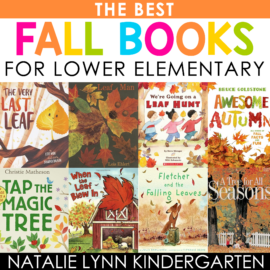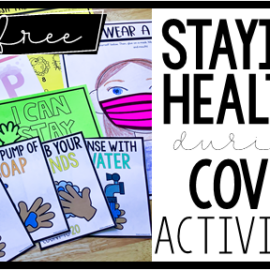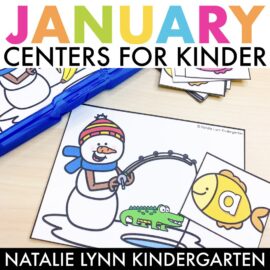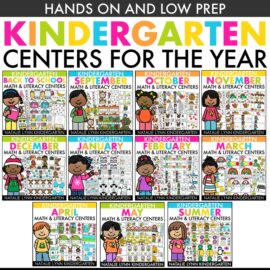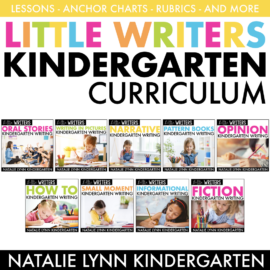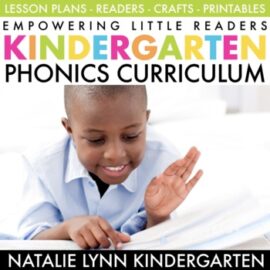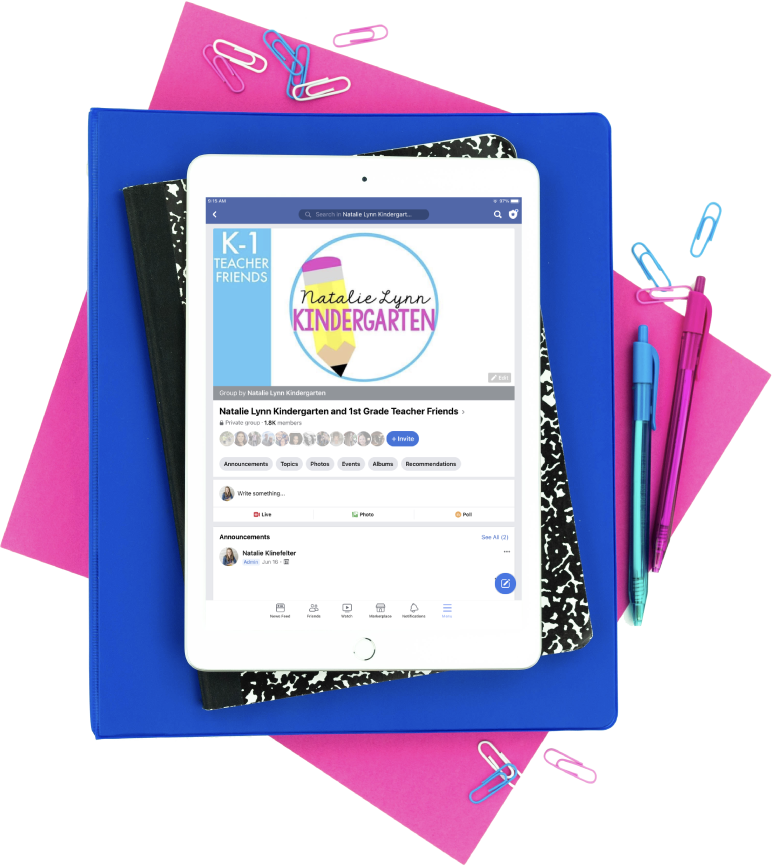
“My students come in not knowing any letters and I don’t know how to get them to where they need to be. There’s never enough time for alphabet intervention in our day!”
Is that something you’ve found yourself saying? I’ll be honest; I’ve definitely said that before.
My students usually come in with no letter recognition. Many can’t even recognize their name. So how do we get them to where they need to be?
The answer is NOT to slow your phonics instruction down. In fact, doing so would be a disservice to the majority of your students.
Many of your students are ready to learn how to read, they just haven’t had the opportunity.
The Data
This is real letter ID and letter sounds data from my class. That year, I had 30 students, the majority of whom came in with little to no letters and who had not been to preschool.
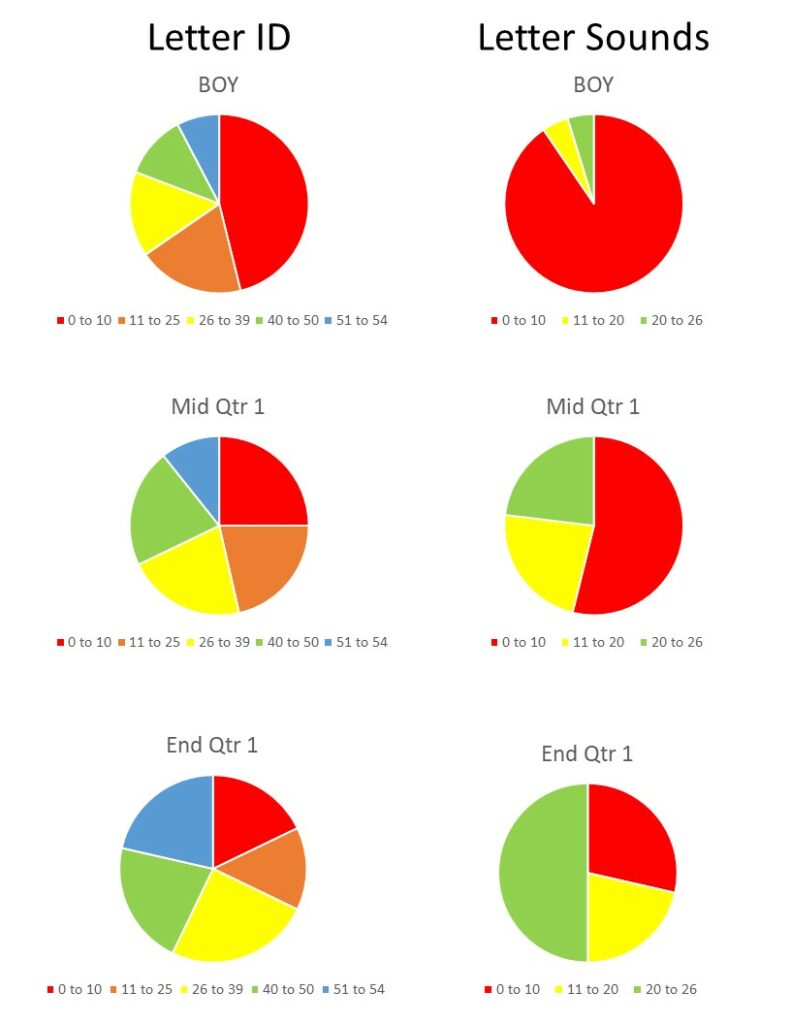
As you can see, there was HUGE growth from the beginning of the year to the end of Quarter 1! And honestly, this was with constant interruptions due to testing, breaks, and having to evacuate our classroom almost daily.
By the end of Quarter 2, 95% of my students knew all of their letters and the majority of their letter sounds. So how did we do it?
By adding these simple alphabet intervention activities to your daily routine, in addition to daily phonics instruction, you will give them the opportunity and the support needed to get where they need to be quickly.
But what about students who aren’t ready yet? That’s okay! As you can see above, not all of my students were ready to read by the end of quarter one. Some weren’t even ready by spring.
But by making these alphabet intervention activities a part of your routine, they will be exposed to letters and letter sounds daily. Once they are ready, their brain will have the background knowledge necessary to make connections.
Alphabet Intervention Activities to Add to Your Daily Routine
Adding alphabet intervention to your day does not have to take up a lot of your time. In fact, once you get the routines going, you should barely have to think about it.
I am going to show you simple activities you can add to your day that will make all the difference.
Alphabet Chart Routine
Our alphabet chart routine is a part of our morning meeting routine every single day. This has been one of the biggest gamechangers in my classroom!
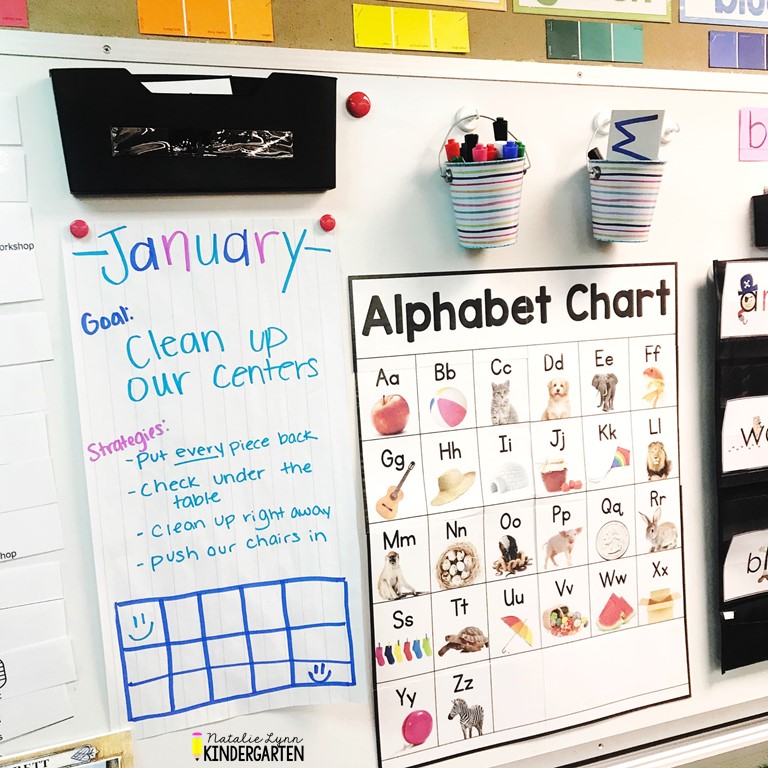
As you can see, I printed our alphabet linking chart at poster size and have it on our front board. Students have the same chart in their writing folders and I use them at our guided reading table.
Every morning, I point to each letter and say the letter name, picture cue, and letter sound (A, apple, /a/). Then, students repeat after me.
If you want to see a video of me guiding this routine during distance learning, you can click here (although I’ll warn you it’s not the highest quality video).
Once students get this routine down, being the alphabet chart leader can even be a classroom job!
This routine takes less than 2 minutes, but it makes all the difference. I often see students during centers going through the alphabet chart routine independently to help them match letters and letter sounds. Sometimes even just for fun!
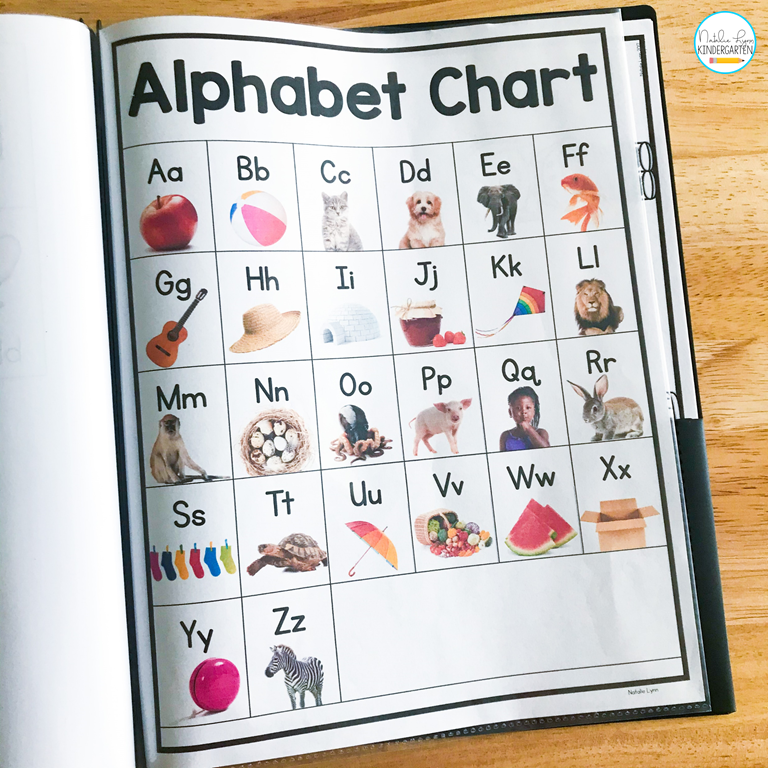
We do this exact same routine at the beginning of our guided reading lessons for my Pre-A through level B readers using individual alphabet linking charts.
These charts are also in students’ writing folders as a resource. During writer’s workshop, I will also often ask small groups to work at my table. I will run through the same alphabet chart routine with them before they get started writing.
Parent support: At our first parent teacher conferences, I send home the exact same alphabet linking chart and show families how to do the routine. While I know many don’t use it, some do and it helps.
If I know students have an older sibling, I will talk to them about going through the routine at home with their brother or sister. The older sibling often loves feeling like they have an important role in helping their brother or sister learn!
This may seem like a lot of repetition, but I have never had a student complain! In fact, I think that the familiarity of the routine helps boost students’ confidence.
Alphabet Review Songs
“You can’t count watching a song on YouTube as an alphabet intervention activity!” I would beg to differ!
Music gives the brain cues to help it recall information. The best alphabet songs combine music and movement to strengthen those cues.
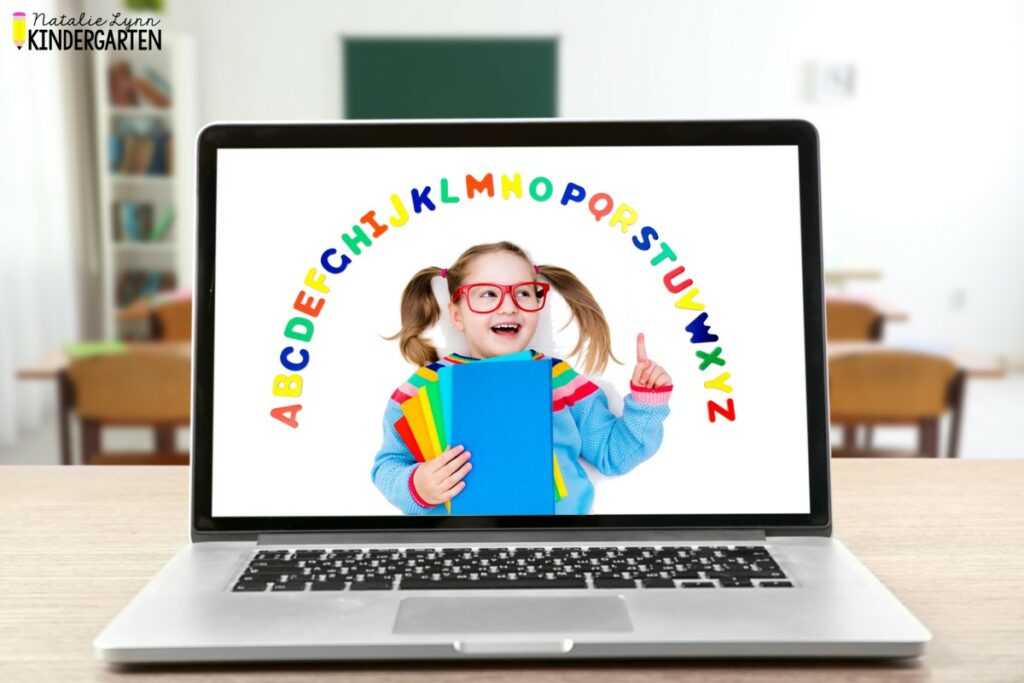
It’s super easy to add an alphabet song to your morning routine, and your students won’t even realize they’re learning!
>>Find a list of the best alphabet songs here.<<
I also send a list of these songs home with families at our back to school night and include it on our class website. Many of my kids tell me that they love watching the videos at home just as much!
Alphabet Tracing Book
Alphabet tracing books are an easy way to give students a tactile connection to the alphabet. While this alphabet intervention activity takes the most time, I also see the most bang for my buck from it.
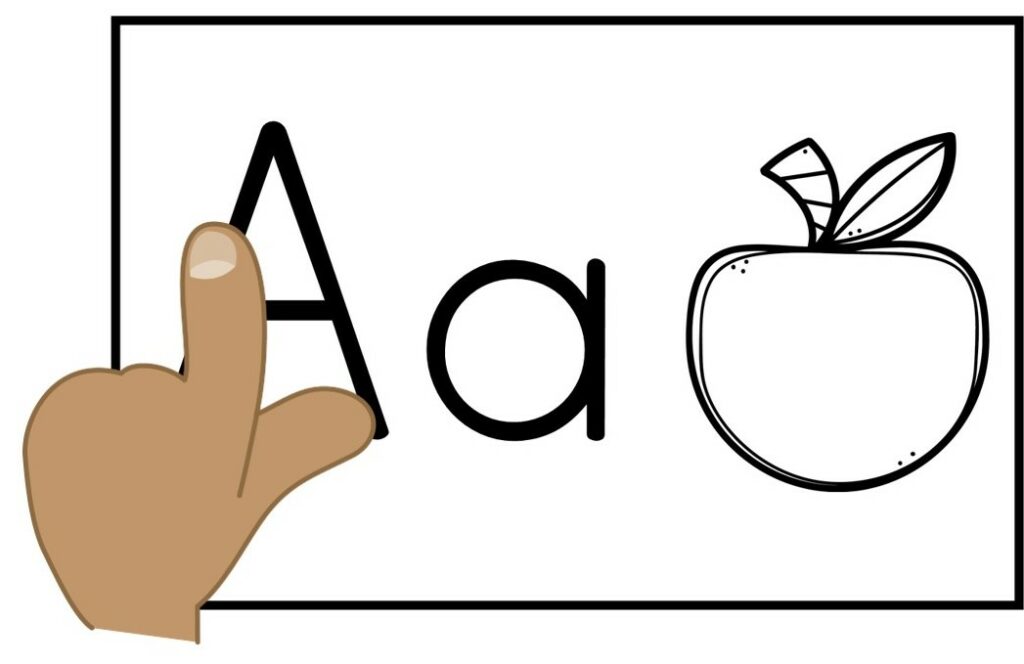
For this intervention activity, the teacher will say the letter name, picture cue, and sound. Then, the student will trace the uppercase letter while saying its name, trace the lowercase letter while saying its name, then say the picture cue and letter sound – A, a, apple, /a/.
This is slow going at the beginning, i’m not going to lie. However, as students learn the routine and start to learn the letters, it goes quickly and can be completed in less than 5 minutes.
But I don’t have time to do this with every student!
No worries! You can train parent volunteers or college students needing hours how to do this with students. You can also use older student volunteers. I trained some of our 5th graders how to do this and they come down daily to help.
For my Pre-A guided reading group, I often replace the alphabet chart routine with this alphabet tracing book and we do it all together as a small group.
Students also get a copy that they can keep in their book box. They can pull it out during centers or whenever they have free time. Many like to do it with a partner!
Grab your free alphabet tracing book here!
These alphabet intervention activities may seem simple, but they can have a big impact on your students’ letter knowledge. If you make them a part of your daily routine in kindergarten, you will be giving your students the support and opportunities they need to grow.
You can then use these printable intervention activities one on one or in small groups to really target specific letter needs.
In addition to these alphabet intervention routines, we also use a variety of hands on centers for review. But my students don’t know the letters! That’s okay! Exposure and play with the alphabet is still important.
These editable Letter ID centers allow you to target specific letters in a fun way. The games are so fun that students won’t even realize it’s practice! If your students need more support in letter sounds, these beginning sound centers and activities would be perfect.
Have you tried any of these alphabet intervention activities with your class? I would love to hear about it below! ????
Pin this post for later:



